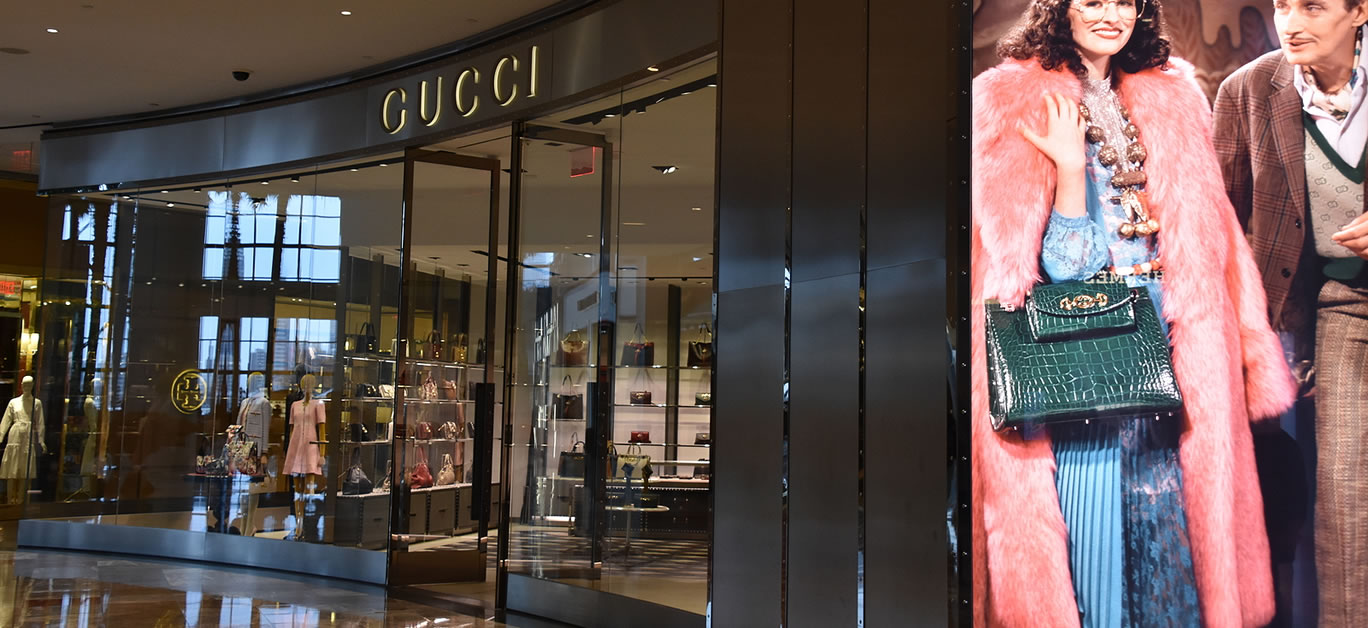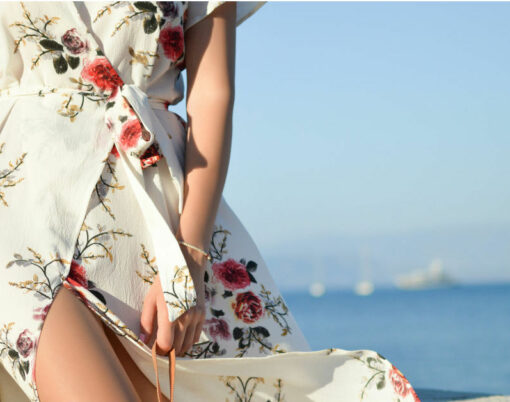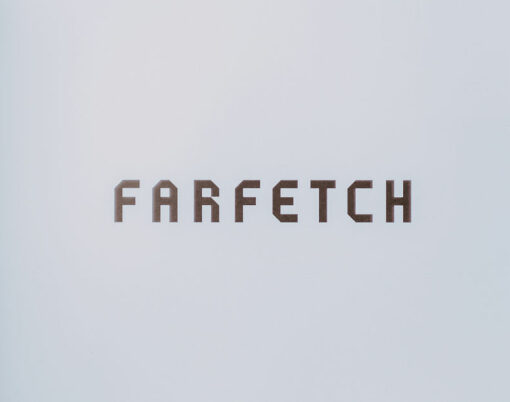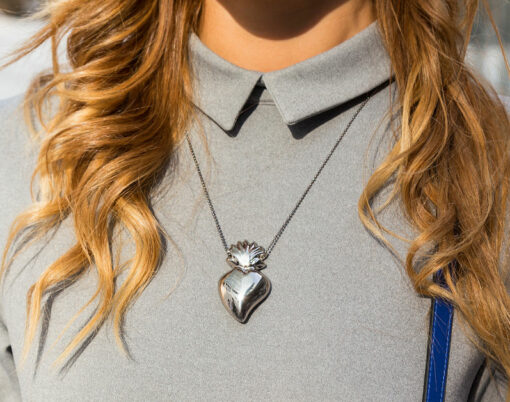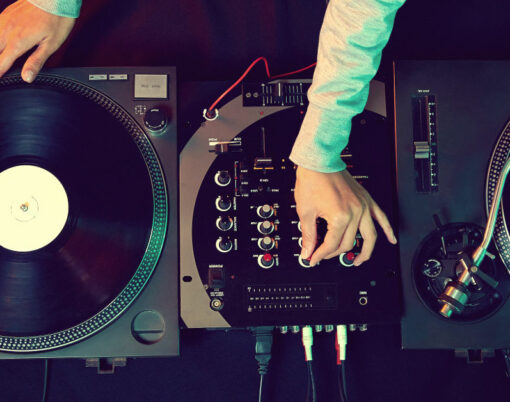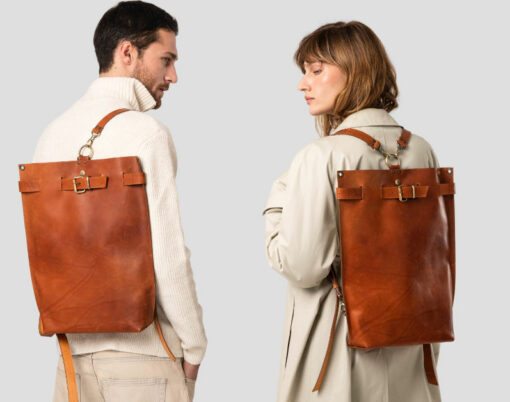Words by Lidi Grimaldi, managing director at Interbrand Milan
For so long, luxury brands have been associated with heritage, traditional fashion houses and established orthodoxy of quality and artistry. It is this reliability and implicit trust in the excellence of luxury brands that have helped this sector stay steady through the most challenging of times.
Nine luxury brands feature in Interbrand’s 100 Best Global Brands 2020 report. For the previous two years, luxury brands outperformed all other sectors in this study but this year all the top placed brands have seen their value reduce or remain static. Such is the impact of this global pandemic.
But while the value of the leading luxury brands has dipped, the resilience and ambition of this cohort has helped protect it from the extremes of harder economic conditions. For despite this year’s extraordinary crisis, a force for change is sweeping through the sector – and not even Covid-19 can derail it. The shift taking place in the luxury sector is one that has seen even the oldest, most established of brands – as well as newer entrants – embrace new platforms and media.
In setting a new tone for this era of luxury, we have seen brands using everything from gaming to SnapChat, digital fashion weeks to TikTok, as they explore new avenues of customer interaction and brand building. But there is a fine balance to strike between maintaining both desirability and relevance, while also driving a new purpose and becoming more democratic.
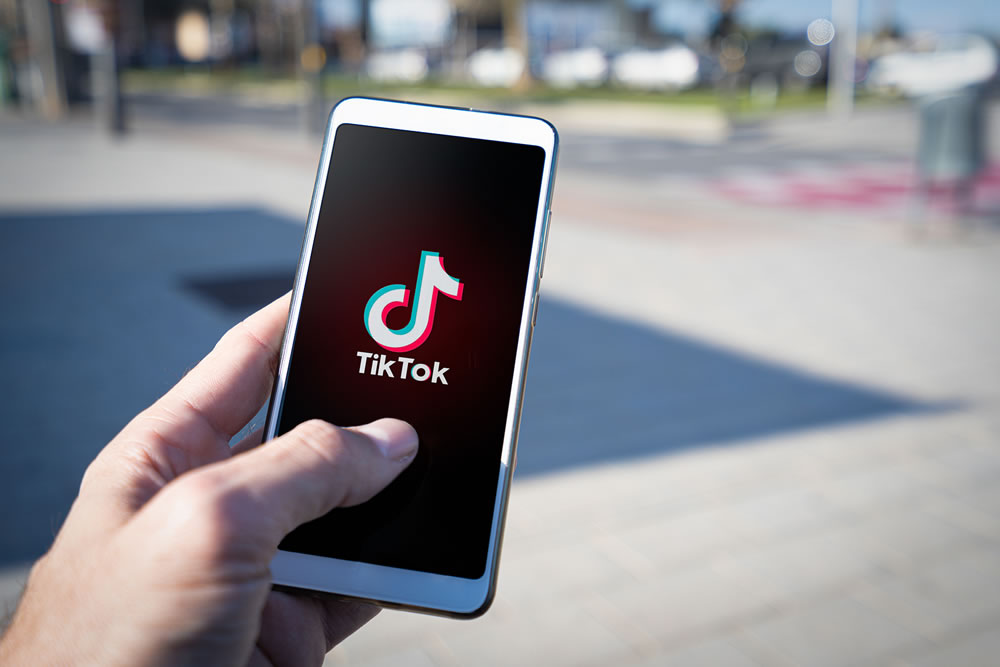
From the grounding that e-commerce and omnichannel are as crucial for luxury brands as any others, heritage and digitally native brands alike have been crafting strategies and exploring new ways to be present and relevant to people – perfectly demonstrated with the overhauled fashion shows, where the theatre and reveal was taken online.
In June, London Fashion Week kickstarted the move from analogue to digital, when this year’s gender-fluid fashion designs were shared across multiple channels including Zoom, live-streaming and podcasts. Many welcomed the Covid-required rethink as a positive move, making the event more inclusive and less restricting for designers, previously limited to the confines of catwalk venues.
Prada took its rethink one step further. Rather than simply moving its show online, it took questions from the public and put these to designers Miuccia Prada and Raf Simons at a live Q and A session. This moved the brand one step further from its competitors, to actively engaging with consumers – with engagement being a key trend amongst the Best Global Brands winners this year.
Meanwhile Burberry, with a brand value of $4,809 million, has invested in new forms of social economics. It opened its first social retail store in Shenzhen, China in partnership with Tencent in July this year, merging physical and social for a more digitally immersive retail experience. A dedicated WeChat program allows store customers to access exclusive content and personalised experiences that they can share on social media. Burberry’s CEO, Marco Gobbetti, said the store redefined luxury retail expectations and was a shift in how the brand engaged with its customers.
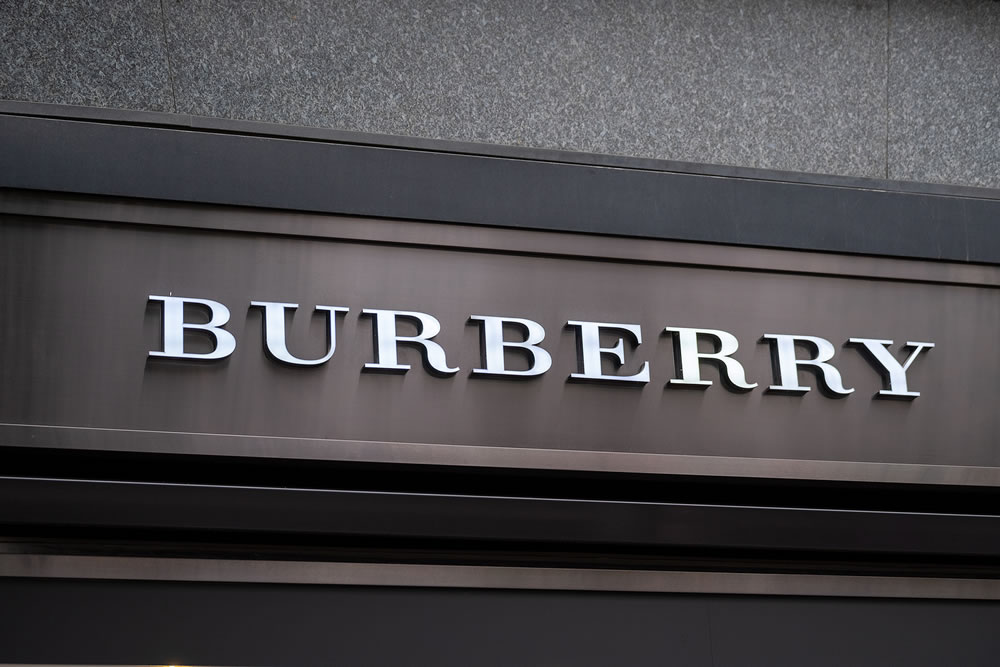
Throughout history, crises have proven to be platforms for creativity and innovation. While luxury brands had started to extend into new areas and digital realities, the pandemic has accelerated that shift. Gucci had demonstrated its inventiveness and willingness to extend into new forms and modes of response with its virtual customer service centre, Gucci 9, and this was accelerated in response to this year’s challenges.
The service means customers can video call client advisors in real time, talking to them in a Gucci 9 virtual store, created for remote shopping with its high-quality cameras and TV standard lighting. The first one opened in Florence, with others rolling out across the world in locations including Tokyo, Singapore and the US.
This philosophy has been all about using technology to create another route to connect the brand and its customers, and making sure the brand values and expectations are met in the virtual world, as much as in the physical world. It also allows Gucci to meet customer demand and improve overall customer service.
No matter where luxury brands are extending online, the driving force remains to be where the customers are. It just requires understanding of what people expect in these environments, and that may be significantly different to the advertising and promotion the fashion brands create for more traditional media.
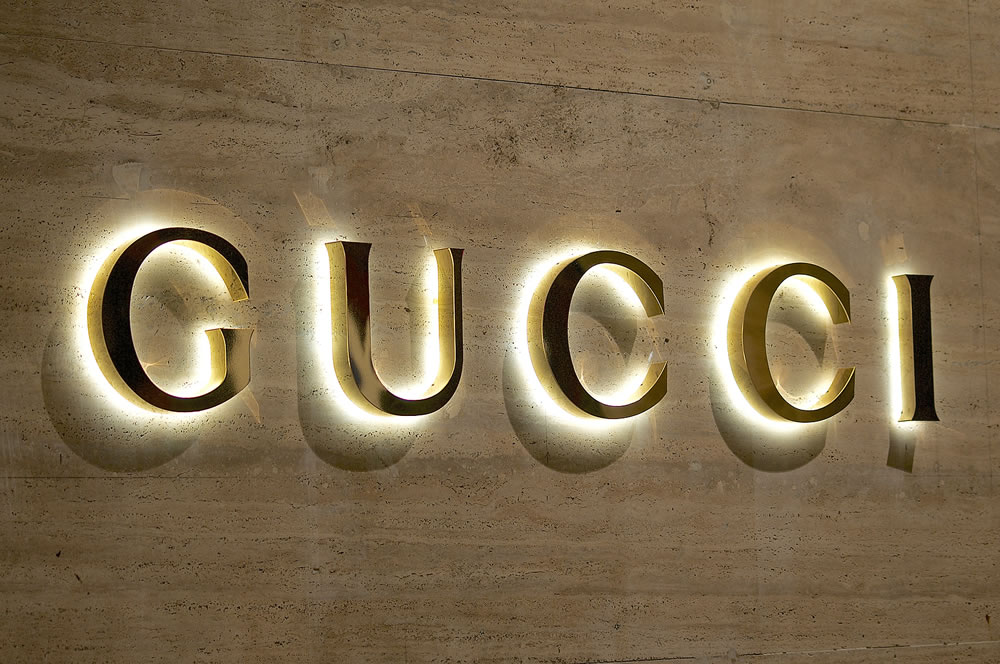
So even if SnapChat and TikTok don’t immediately appear natural homes for high-end brands, from Gucci to Tiffany, the leaders in luxury have shown what is possible, adapting content and tone of voice to the social media platforms. TikTok debuted its own version of digital fashion month, with Saint Laurent and JW Anderson among the first to show collections on the platform. Prada went multi-platform when it launched a new collection, streaming for the first time on TikTok, alongside Instagram and Prada.com.
Perhaps one of the most incongruous areas luxury has extended into is gaming. But with 2.5bn video-gamers out there, it’s not surprising that experimentation in games and gaming is coming into its own. Burberry, Gucci and Hermès have all launched games. Louis Vuitton joined forces with Riot Games and Nintendo New Horizons gamers can customise outfits for characters in Chanel, Dior, Gucci and Prada.
Ultimately, luxury brands which have always been ‘top down’, are now changing completely and opening up their communities of customers to nurture engagement and create relevance. Nowadays, this goes far behind the excellence and exclusivity of their products and is instead all about embracing a real purpose and making real moves. Luxury brands have been able to remain desirable and aspirational, while still opening up their platforms to new audiences and meeting their expectations.












